Your cart is currently empty!
Tag: Environmental Impact
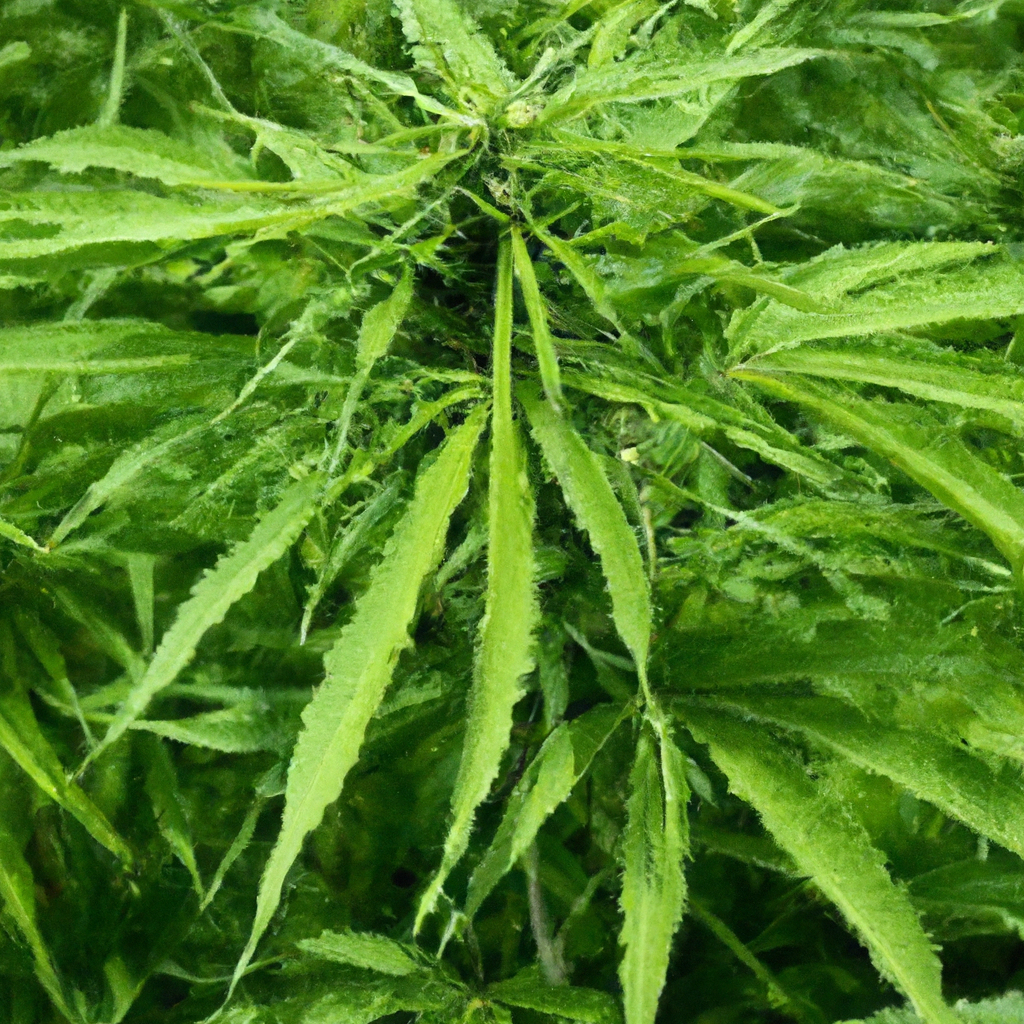
Cannabis, particularly hemp, is emerging as a promising player in the renewable energy sector with potential contributions to biofuel production, bioplastics, and carbon sequestration. Hemp offers high biomass yield, eco-friendly cultivation, and is rich in cellulose suitable for ethanol and methanol production. Its biodegradable bioplastics can lessen environmental burdens, while its cultivation aids carbon capture…
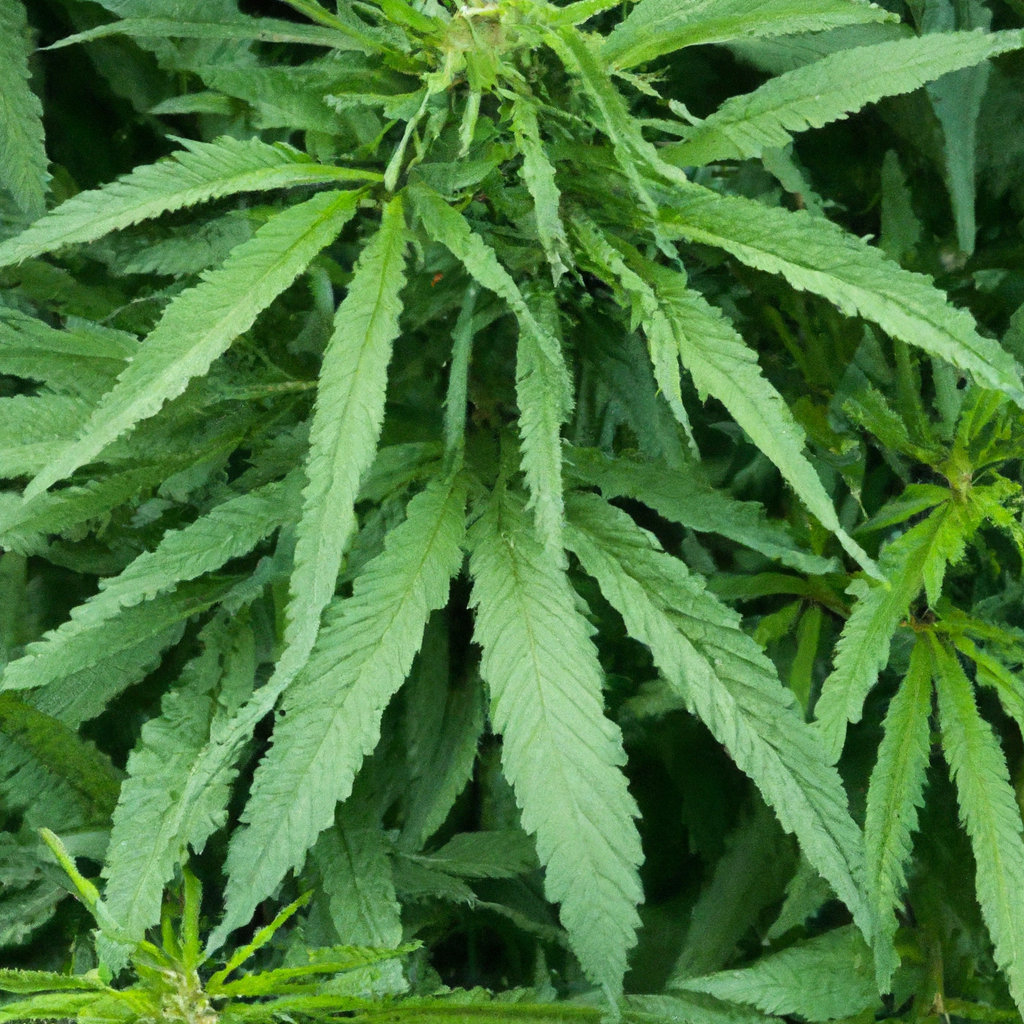
Hemp is increasingly recognized for its ecological benefits and versatile applications, making it a cornerstone of sustainable practices. Its cultivation supports environmental health by sequestering carbon, improving soil quality, and growing without synthetic pesticides. Beyond agriculture, hemp offers eco-friendly products such as biodegradable plastics, sustainable textiles, and renewable energy sources. Despite regulatory challenges and the…
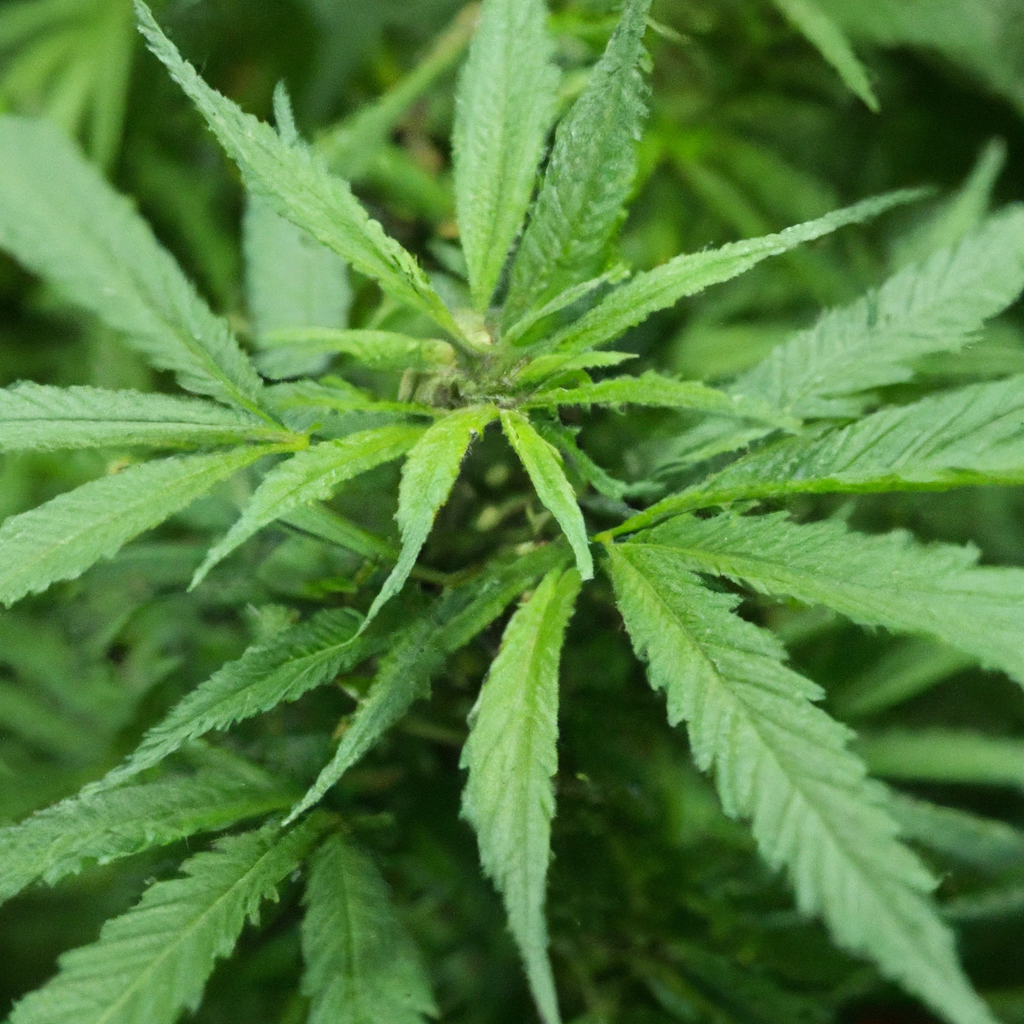
As the cannabis industry grapples with growing environmental concerns, it is increasingly adopting eco-friendly cultivation practices. By implementing sustainable techniques such as organic growing, composting, and integrated pest management, as well as utilizing water management strategies like drip irrigation and rainwater harvesting, the industry aims to conserve resources while producing high-quality plants. Additionally, energy efficiency…
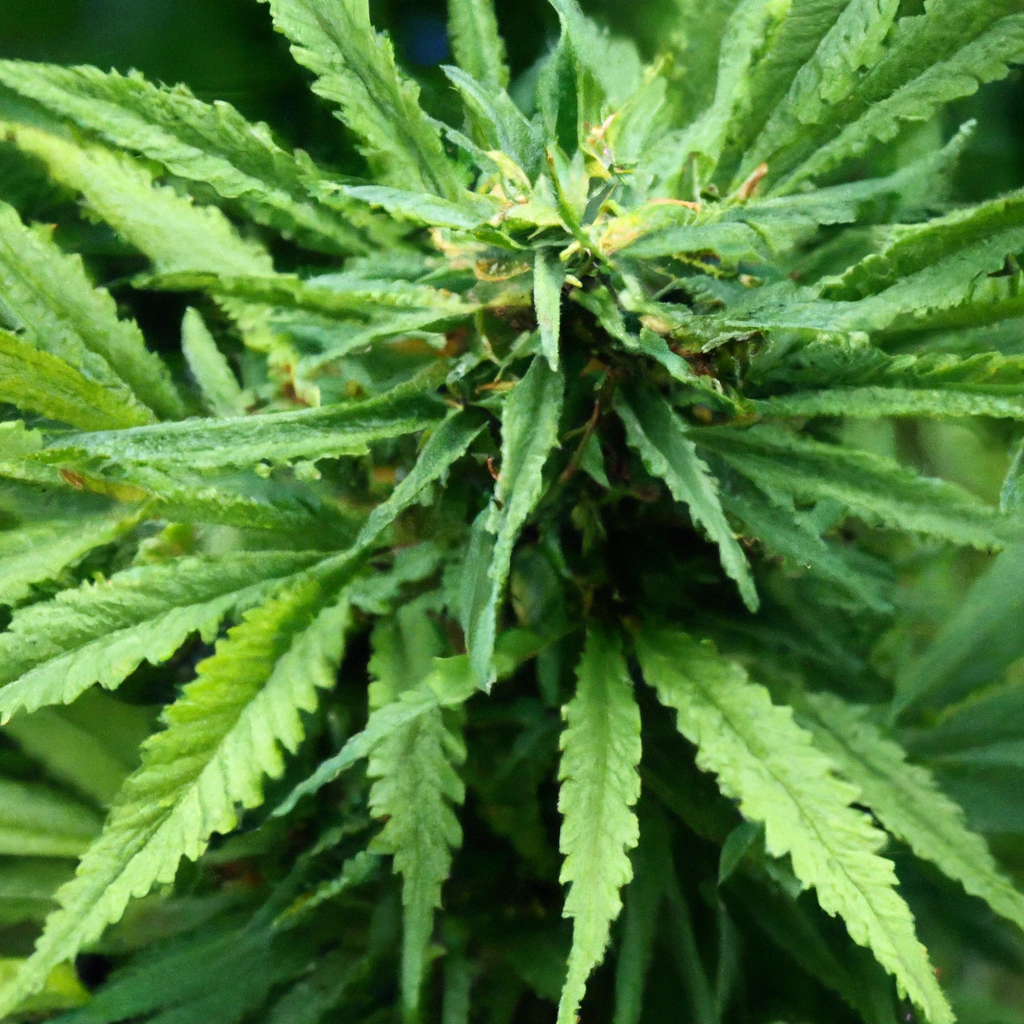
As cannabis becomes mainstream, consumers are turning to organic cultivation for a greener planet and superior user experience. Organic cannabis, grown without synthetic fertilizers or pesticides, offers health benefits, environmental sustainability, and enhanced flavors. By using organic soil, natural pest control, and organic nutrients, growers contribute to healthier ecosystems. With a growing demand, organic practices…
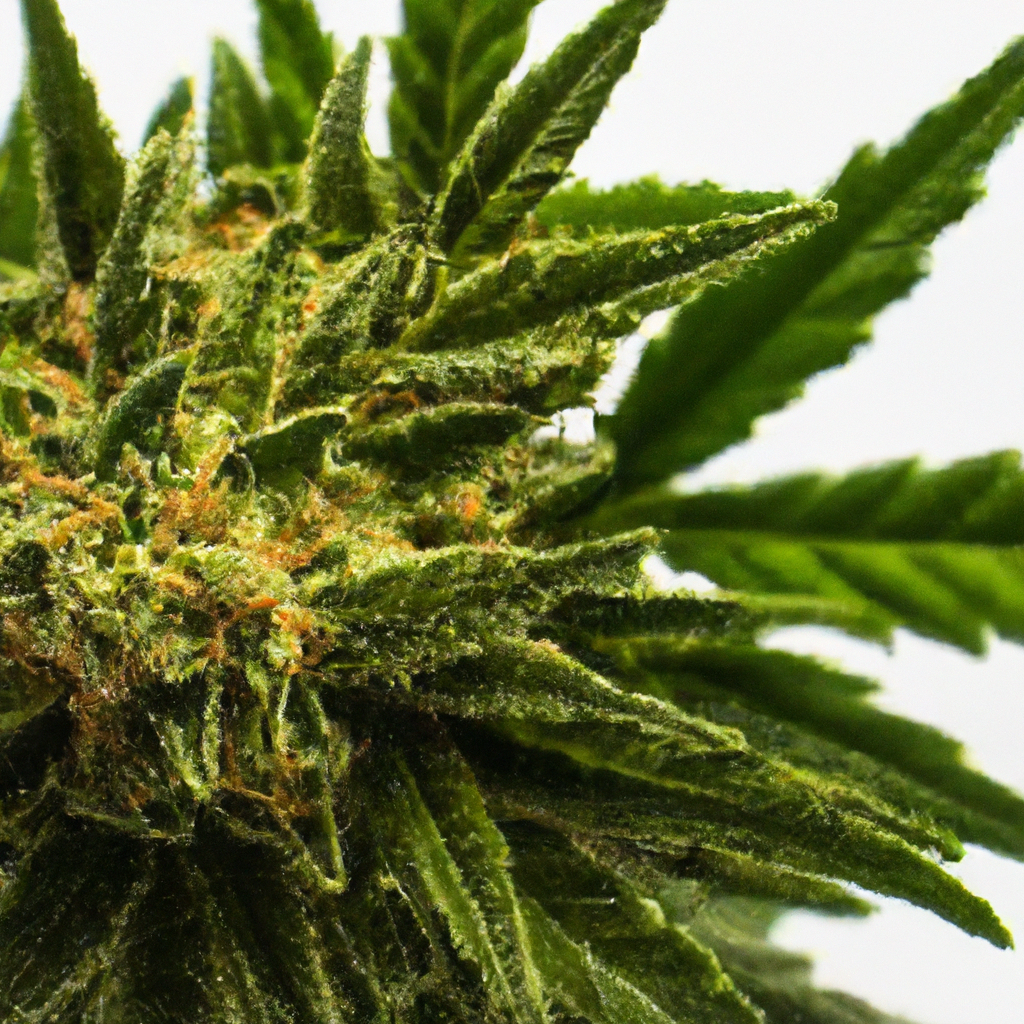
Cannabis terpenes, known for their distinctive aromas and potential therapeutic benefits, play a crucial role in the cannabis experience by interacting with cannabinoids like THC and CBD. This blog post delves into the science of terpenes and their “entourage effect,” where they enhance cannabis effects through synergy. Key terpenes such as limonene, myrcene, and pinene…
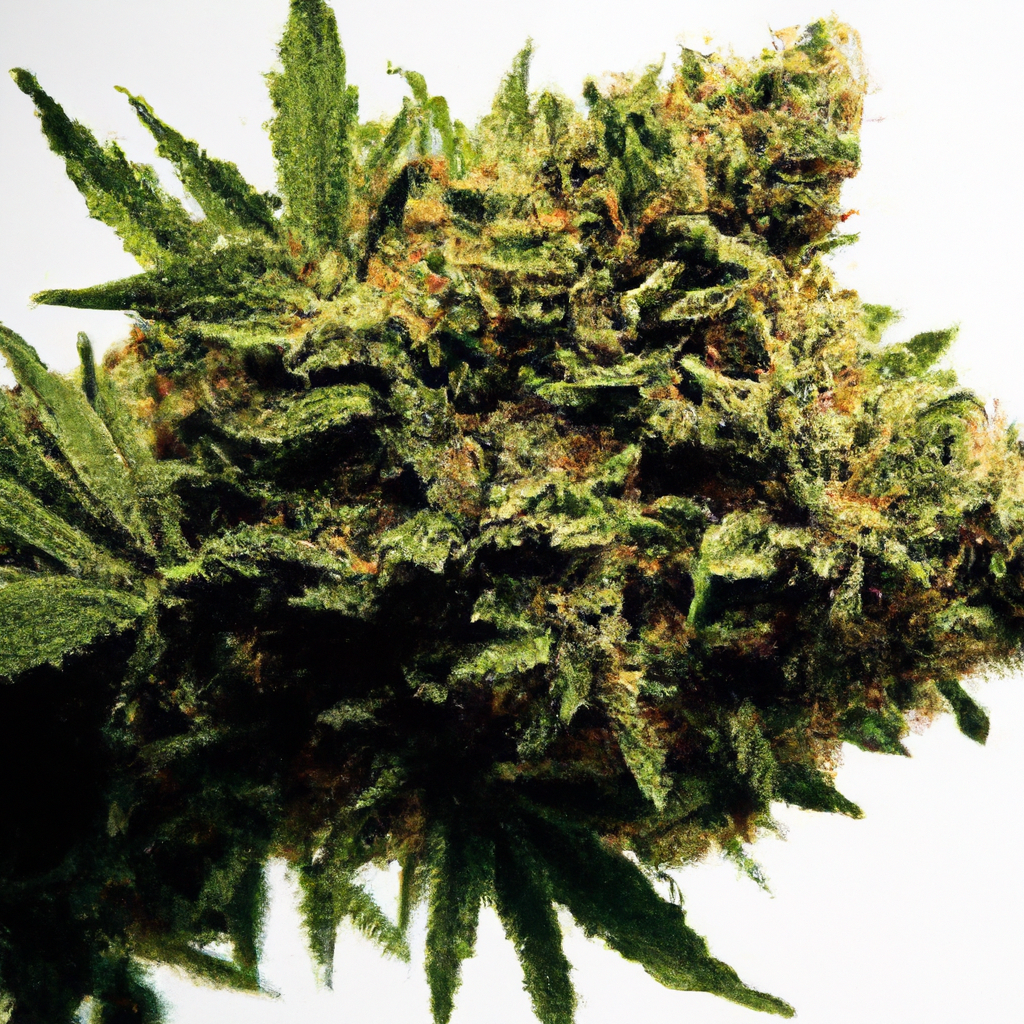
Cannabis bioplastics, made from the hemp variety of the Cannabis sativa plant, offer a biodegradable and sustainable alternative to traditional plastics. These renewable materials decompose more quickly, help reduce carbon footprints, and require less water and fewer pesticides. With applications in packaging, automotive, and construction industries, hemp-based plastics could significantly lower environmental impact. However, challenges…
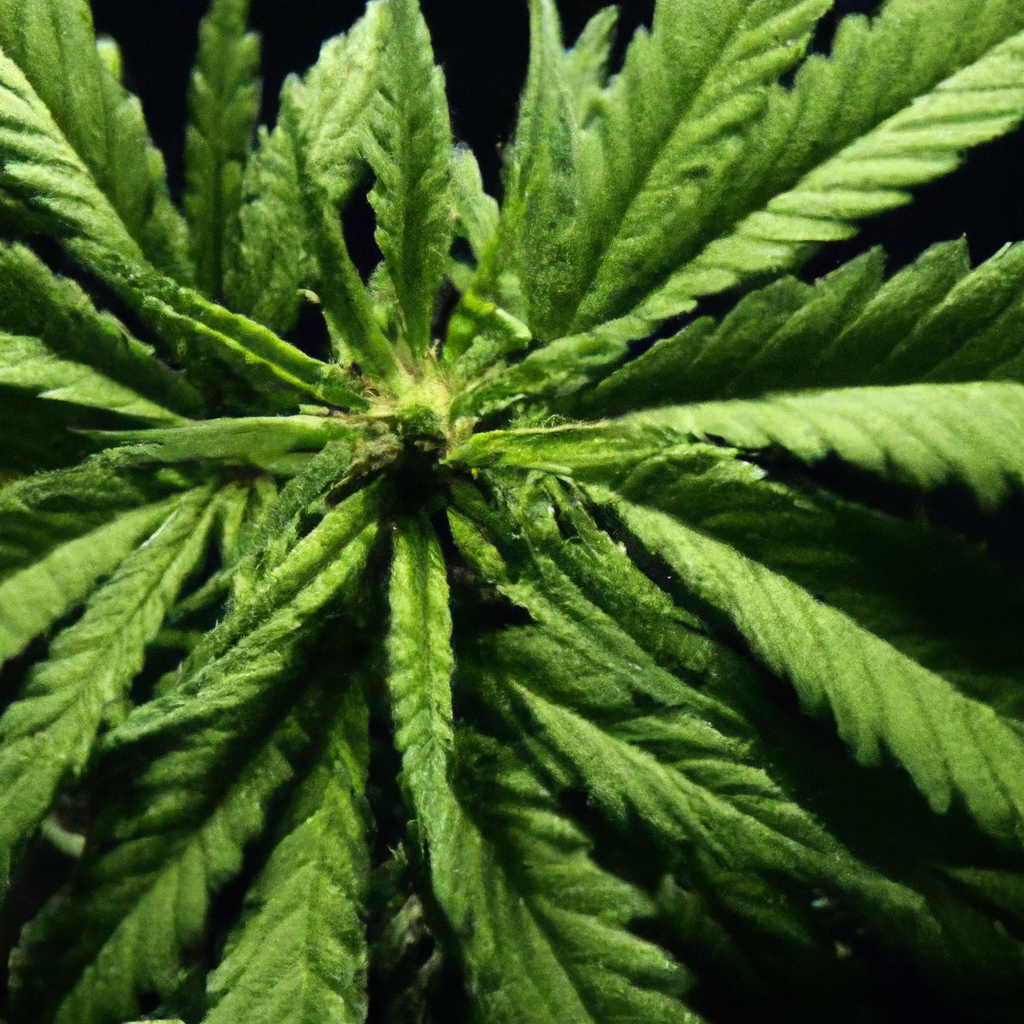
As the drive to combat climate change escalates, the cultivation of cannabis emerges as a surprising ally in carbon sequestration. This blog post explores how cannabis, beyond its well-known medical and recreational uses, can significantly contribute to capturing and storing atmospheric carbon dioxide. With its rapid growth and high biomass, cannabis not only absorbs substantial…
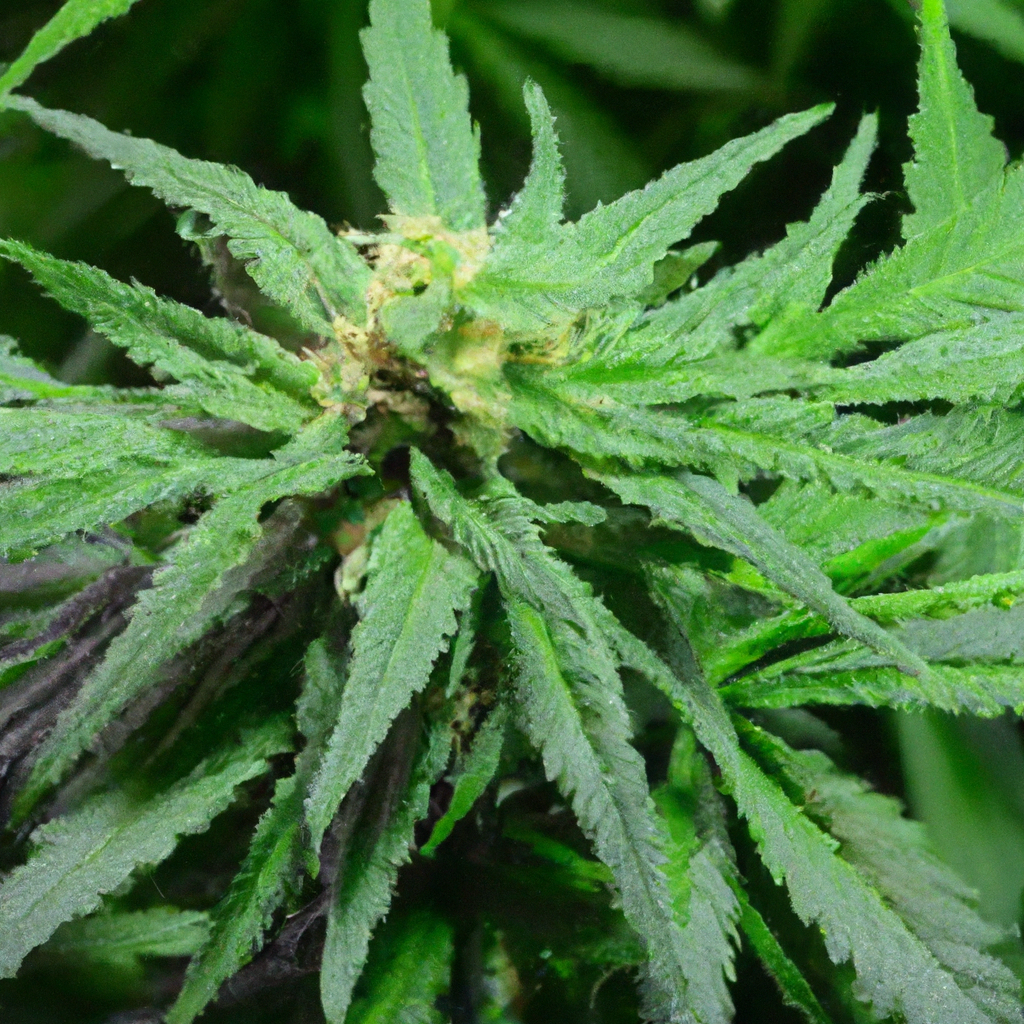
Growing cannabis requires a keen understanding of the interplay between temperature and humidity, crucially linked through Vapor Pressure Deficit (VPD). This post explores how balancing these factors, with a recommended VPD range of 0.8 to 1.2 kPa, can enhance crop success. Smart climate controls and proper ventilation are vital in achieving this balance. The post…
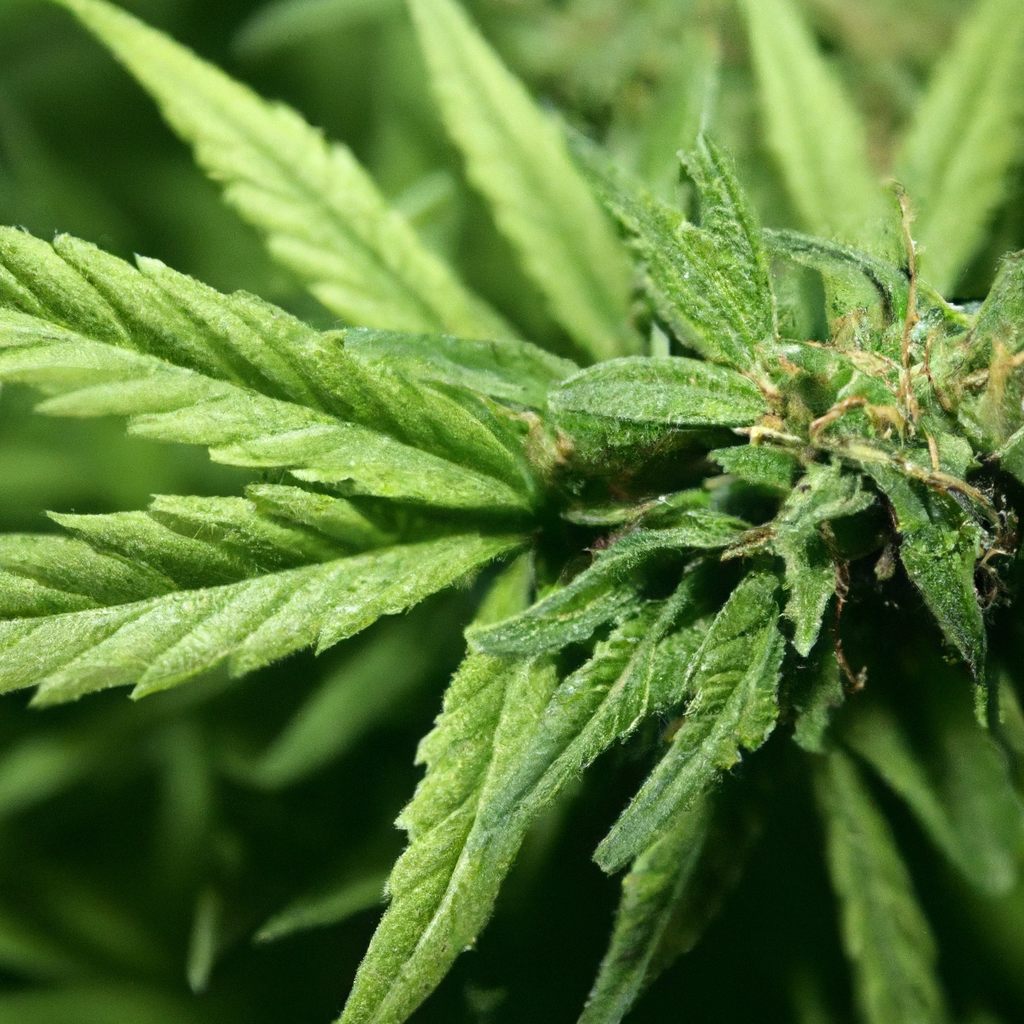
Cannabis, traditionally noted for its psychoactive and medicinal uses, is now being explored as a promising source for biofuels, offering environmental advantages such as reduced carbon emissions and a renewable supply. Cannabis, particularly hemp, provides valuable cellulose for bioethanol and oils for biodiesel. Although it presents opportunities for rural development and sustainable energy, challenges like…

As the cannabis industry expands globally, focusing on sustainability is crucial. Sustainable cannabis cultivation reduces environmental impact and enhances product quality through natural fertilizers, efficient watering techniques, and renewable energy use. Innovative methods like vertical farming, integrated pest management, and closed-loop systems are reshaping the sector. The case of Green Fields exemplifies how adopting sustainable…
